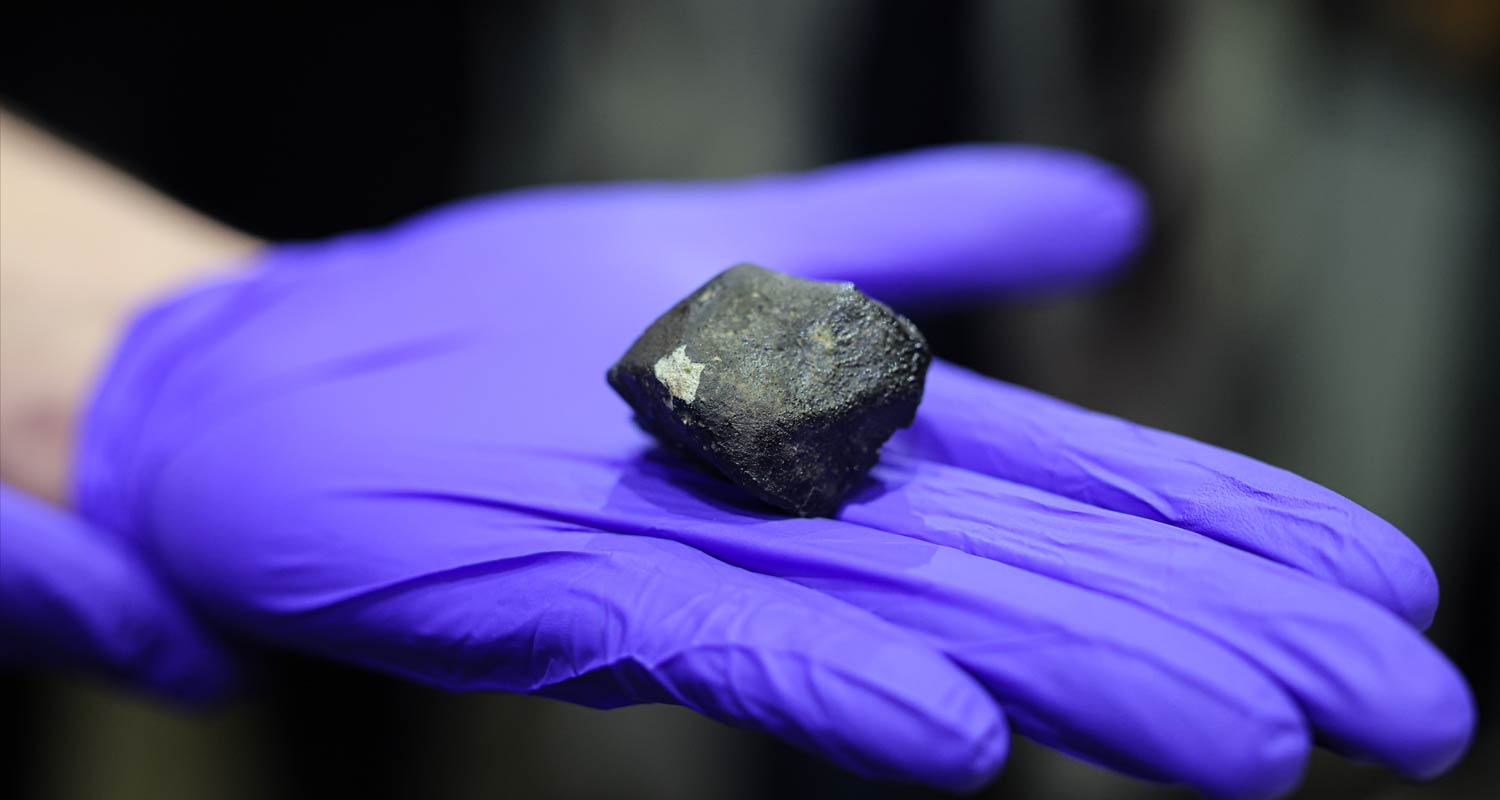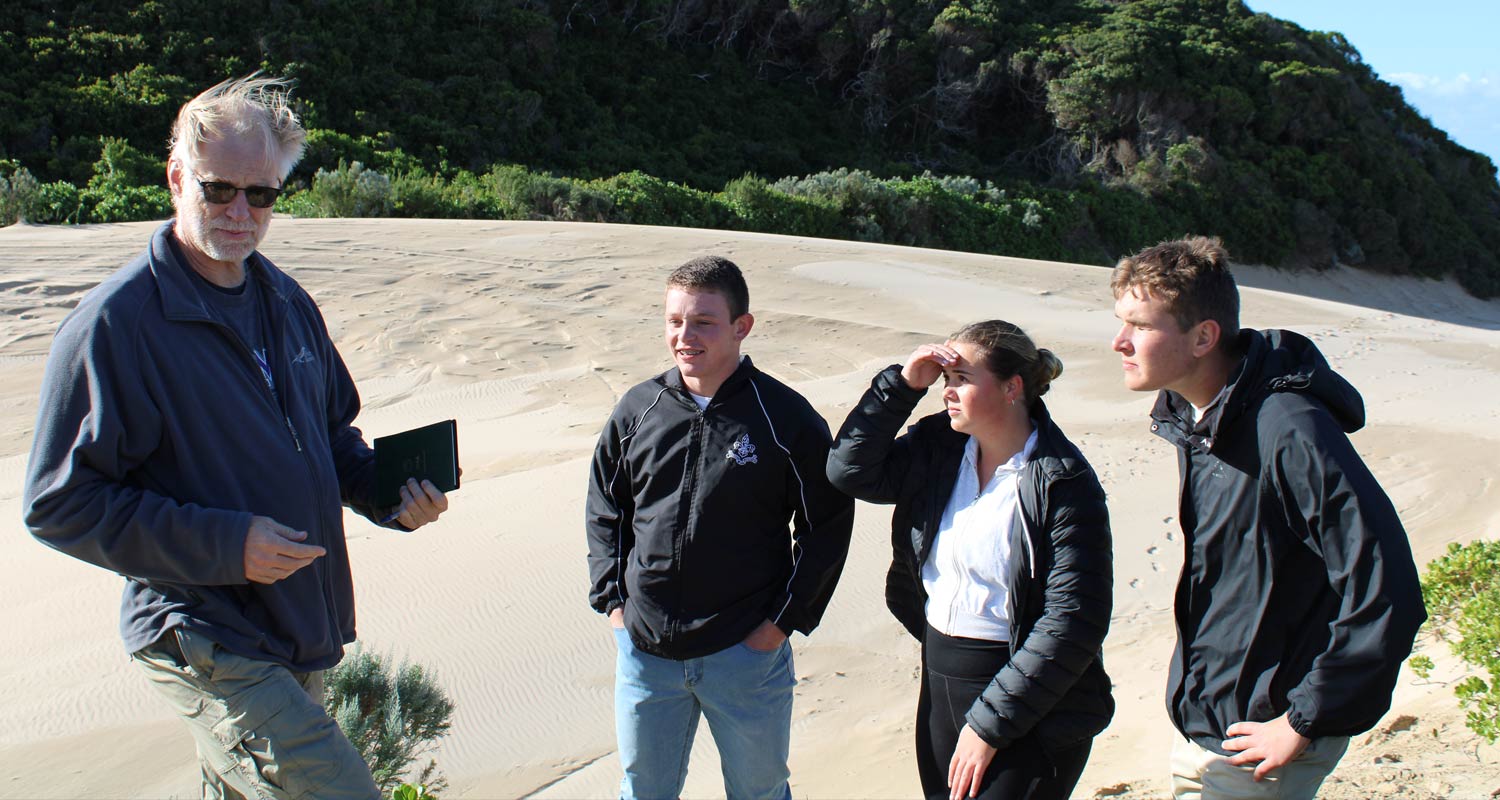
A workforce of scientists and researchers from the Wits, Rhodes and Nelson Mandela Universities has confirmed that the bolide that fell into the Indian Ocean over St Francis Bay a number of weeks in the past is certainly a meteorite and never a satellite tv for pc as initially suspected.
The bolide – a fireball streaking throughout the sky – has been given a preliminary classification as a uncommon sort of uncommon meteorite known as an achondrite primarily based on fragments that have been present in Kirkwood. Just one in 10 of some 75 000 meteorites which have been found on Earth become achondrites.
“There are 5 fragments in complete. The meteorite broke down when it hit the bottom”, stated Deon van Niekerk of the electron microscopy unit at Rhodes College, in a presentation on Tuesday.
“If we examine photographs of those samples with different meteorites which have been discovered and labeled, we will make a preliminary conclusion that these are fragments of a howardite eucrite diogenite (HED) meteorite.”
HED meteorites are a sort of achondrite – versus the extra widespread chondrites – that scientist for a very long time suspected originate from a 530km-wide asteroid named Vestra. Vestra resides in the primary asteroid belt, a area densely populated by asteroids within the orbital area between Mars and Jupiter. Nasa in 2011 launched the Daybreak spaceship, which reached Vestra in 2013 and confirmed long-held suspicions that HED meteorites originate from it.
In keeping with Prof Roger Gibson of the College of Geosciences at Wits College, groups from the three universities corroborated eyewitness (and “earwitness”) accounts with video footage and knowledge from a Nationwide Council of Geosciences floor station to plot the meteorite’s path and establish the place different fragments could have fallen.
72 000km/h
The workforce concluded that the meteorite, about 1-1.5m in dimension, entered Earth’s ambiance round 8.50am SAST final Sunday morning over the shoreline between Gqeberha and George. The item was travelling at 20m/s, or 72 000km/h. Penetration into denser ambiance brought about friction with air molecules and so the article started to glow and soften, dropping numerous its quantity.
The item was travelling at supersonic speeds, which brought about shockwaves (sonic booms), however the sound may solely be heard lengthy after the article had hit the bottom. The explosion, which brought about the article to separate aside and which was caught on video, occurred at an altitude of 38km.
Learn: This week’s Joburg earthquake ‘commonplace’ – anticipate extra
The workforce remains to be searching for permission from landowners over the house rock’s trajectory. As soon as obtained, floor groups will examine and attempt to discover different fragments. Now that the macroscopic observations have been achieved, skinny sections of the rocks should be taken and checked out below an optical microscope to establish their mineral composition.
Following that, a scanning electron microscope can be used to get the chemical composition of the minerals and generate a map of the article that can be used to assist id different samples in future. Solely then will the rock be named and labeled appropriately. The scientists have proposed naming it Nqweba – the brand new identify for Kirkwood.

Gibson thanked South Africans who used social media to offer eyewitness accounts. These helped the workforce determine the meteorite’s path and corroborate theories in regards to the object. He additionally warned of the hazard these objects pose basically, although this explicit meteorite was in the long run benign.
“Thank goodness our ambiance protected us. This wasn’t an enormous occasion, and it’s not the most important doable. We perceive the menace that these meteors pose to us and we’re nowhere close to with the ability to detect these objects with any regularity. The actually large ones are able to wiping out life on Earth,” stated Gibson. – © 2024 NewsCentral Media